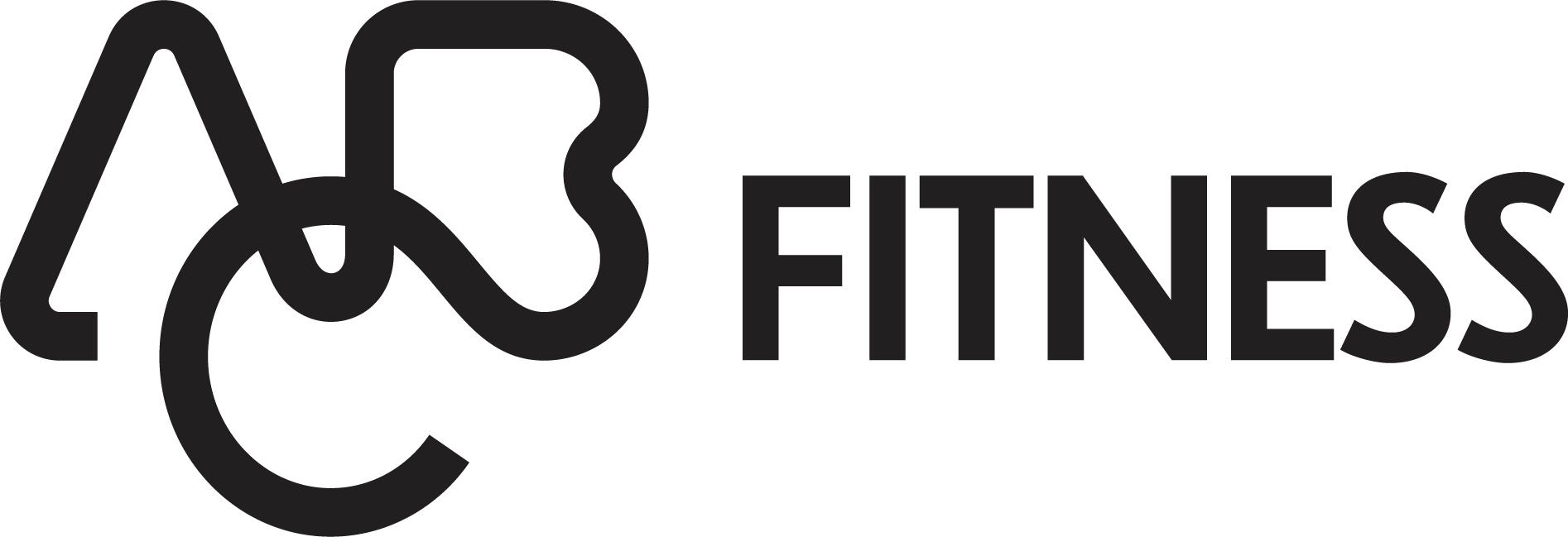The True Cost of Opening (and Operating) a Gym
Owning a gym can be an exhilarating and rewarding business venture for fitness enthusiasts, entrepreneurs, or those with a passion for promoting a healthy lifestyle. It provides individuals with the opportunity to help others achieve their fitness goals, build a community around health and wellness, all while being their own boss.
However, while the appeal of creating a space for individuals to pursue their fitness goals is undeniable, the reality is that the financial commitment goes far beyond simply charging membership fees.
As with any business venture, proper planning and preparation are critical in order to see success. So, before you sign that lease or take out a business loan, it’s important to understand the full scope of costs involved with owning a gym.
In this blog we’ll shed light on the wider picture, helping you—an aspiring gym owner—make informed decisions as you navigate the competitive landscape of the fitness industry. From initial investments and operational expenses to the ongoing challenges that gym owners face, we’ve made sure to cover all our bases.
Continue reading to learn more about how you can make an informed decision about whether ownership is right for you, and how to turn your dream into a financially viable and rewarding reality.
The Startup Costs of Opening a Gym
Opening a gym involves various startup costs, and understanding these expenses is crucial for anyone considering venturing into the fitness industry. It requires significant upfront capital for the one-time expenses needed to establish your business.
While startup costs vary based on location, size, and the amenities you plan to offer, expect to spend a significant amount on the key pieces needed to open a gym.
1. Lease or Purchase of Space
The cost of securing a suitable location for your gym is a significant expense. Whether you decide to lease or purchase the space, consider factors like location, size, and zoning regulations that may affect costs.
If you plan to move into a raw commercial building, you’ll need to design and build out a physical gym space, which may require renovations and build-out expenses. This includes flooring, wall partitions, lighting, and creating designated areas for various types of equipment.
2. Fitness Equipment
Investing in a diverse range of fitness equipment is a substantial upfront cost. This can include cardio machines, weightlifting equipment, resistance machines, free weights, and accessories. These items can also vary greatly in cost depending on their type, brand, and condition.
Shop around to get the best deals on quality equipment and don’t forget that buying used can help you save substantially on retail pricing.
3. Business License and Permits
Obtaining the necessary licenses and permits is a legal requirement for opening a gym.
Expect licensing fees, as well as additional permits related to food service if you serve food/drinks, massage if spa services are offered, and other location-specific permits.
4. Insurance
Insurance coverage is absolutely necessary when it comes to protecting yourself and your business from potential liabilities.
Work with an insurance broker to find policies such as general liability, professional liability that covers training services, equipment coverage for circumstances including floods or theft, and worker’s comp. Premiums can vary based on your specific business.
5. Legal Fees
Having legal counsel helps avoid various issues.
Consult with business lawyers to establish your gym as an official legal entity, have them draft membership agreements for clients to sign when joining, and review any business contracts.
6. Incorporation
You’ll need to legally create your gym business as an LLC, corporation, or other entity. This involves state filing fees and costs for drafting your articles of incorporation or organization.
7. Startup Marketing and Branding
Creating brand awareness is crucial for attracting members and establishing your new gym’s brand. Budget for marketing expenses, including a website, signage, promotional materials, and social media campaigns to launch your gym successfully.
8. Initial Inventory
If you plan on selling supplements, fitness apparel, drinks, or snacks, you’ll need starting inventory. Work with vendors and distributors to stock up on their best-selling items at a discount.
9. Staffing Costs
Factor in the costs associated with hiring and training staff, including fitness trainers, front desk personnel, and cleaning staff. Consider salary or hourly wages, benefits, and any necessary certifications or training programs.
10. Miscellaneous Expenses
Ensure that you allocate funds for unforeseen or miscellaneous expenses that may arise during the early phase of owning your business. Having a financial cushion can help navigate unexpected challenges.
11. Gym Management Software
Using gym management software from the beginning allows you to easily track income, expenses, profitability, inventory, and generate financial reports. Tools such as ABC Ignite include built-in accounting features and can help streamline this portion of your business.
The Ongoing Costs of Owning a Gym
Once your gym is open, you’ll face regular monthly and annual costs needed to keep your gym operating smoothly. From rent and payroll to equipment maintenance and taxes, ongoing operational costs make up a big portion of your overall budget. And although you can’t eliminate these expenses entirely, you can take steps to keep them under control.
Some of your major ongoing costs will include:
1. Operational Expenses
Rent or Mortgage Payments: Real estate costs are a substantial ongoing expense that directly impacts the gym’s financial health. Monthly rent or mortgage payments will vary substantially based on your city and size of the facility. Be sure to negotiate the best possible rate or purchasing price as this cost will significantly impact profitability.
Utilities: Monthly utility bills, including electricity, water, heating, and cooling. Gyms with extended operating hours or additional amenities may have higher utility costs.
Cleaning Services: Regular cleaning of the gym facility, including equipment, restrooms, and common areas. Maintaining cleanliness is essential for member satisfaction and health.
2. Employee Costs
Salaries and Wages: Ongoing payroll expenses for gym staff, which may include front desk personnel, trainers, cleaning staff, and management. Employee salaries are a significant portion of ongoing costs. Remember: properly budgeting for labor to match your member demand is crucial.
Benefits: Costs associated with providing benefits to employees, such as health insurance, retirement contributions, paid time off, and other perks.
3. Equipment Maintenance and Replacement
Routine Maintenance: Regular servicing and maintenance of gym equipment is necessary to ensure it remains in good working condition. Preventative maintenance will help prevent costly repairs or replacements.
Equipment Replacement: Budget for replacing or upgrading equipment as it wears out or becomes outdated. Do your best to stay up-to-date with fitness trends that may involve investing in new equipment.
4. Insurance
Liability Insurance: This is a premium for general liability insurance, which protects your studio from legal claims related to injuries or accidents that may occur on the premises.
Property Insurance: Be sure to have coverage for your gym’s physical assets, including equipment, furnishings, and the building itself. Property insurance also provides protection against damages or losses due to events such as fire or theft.
5. Marketing and Advertising
Advertising: Allocate a percentage of your total revenue to marketing and advertising. This will help promote your gym, attract new members, and maintain visibility in the local community. Tactics can include Facebook/Instagram ads, website SEO, direct mail, partnerships with local businesses, community sponsorships, and ongoing special promotions.
Promotions and Specials: Budget for occasional promotions, discounts, or special events to boost membership sign-ups and retain existing members.
6. Taxes
It’s important to budget for property taxes, business taxes, and other regulatory fees associated with gym ownership. Staying compliant with tax regulations is crucial for avoiding legal issues and will help you maximize write-offs and deductions to lower your tax burden.
7. Software and Technology
Technology Upgrades: Budget for annual upgrades to technology infrastructure, such as updating computer systems, software, and digital signage. Staying technologically current enhances the member experience and operational efficiency.
Software and App Integration: As technology evolves, we recommend investing in integrating new software or apps that enhance member experience, such as mobile apps for class bookings or virtual workouts.
While it’s impossible to eliminate the above ongoing costs, ABC Ignite’s gym management software can help you reduce administrative time—so you can focus on generating more revenue.
Manage the Cost of Owning a Gym Using Software
With commitment, hard work, and smart financial management, owning a gym can be a rewarding and fulfilling experience.
Wondering where to begin? Consider ABC Ignite—a gym management software platform that helps maximize revenue potential while keeping costs under control.
Get the following features in one easy-to-use place:
- Billing: Automate payment collection for recurring membership dues.
- Sales Automation: Send automated texts based on common sales triggers, like incomplete registrations and trials.
- Marketing Emails: Create marketing emails using a simple drag-and-drop email builder to increase sales and retention.
- Self-Serve Capabilities: Members are able to update their payment methods, book classes, and change contact info.
- Reporting: Get in-depth analytics on new joins, class bookings, training appointments, etc.
- And much more.
By streamlining administrative tasks, ABC Ignite provides gym owners with greater oversight and control over their business. This allows for a greater focus on attracting new members, keeping existing members engaged, and identifying opportunities to maximize profitability.
With dedication and the right tools like ABC Ignite by your side, you can turn your dream of owning a successful gym into reality.
To learn more about how ABC Ignite’s gym management software can position you for success, get a demo today.


